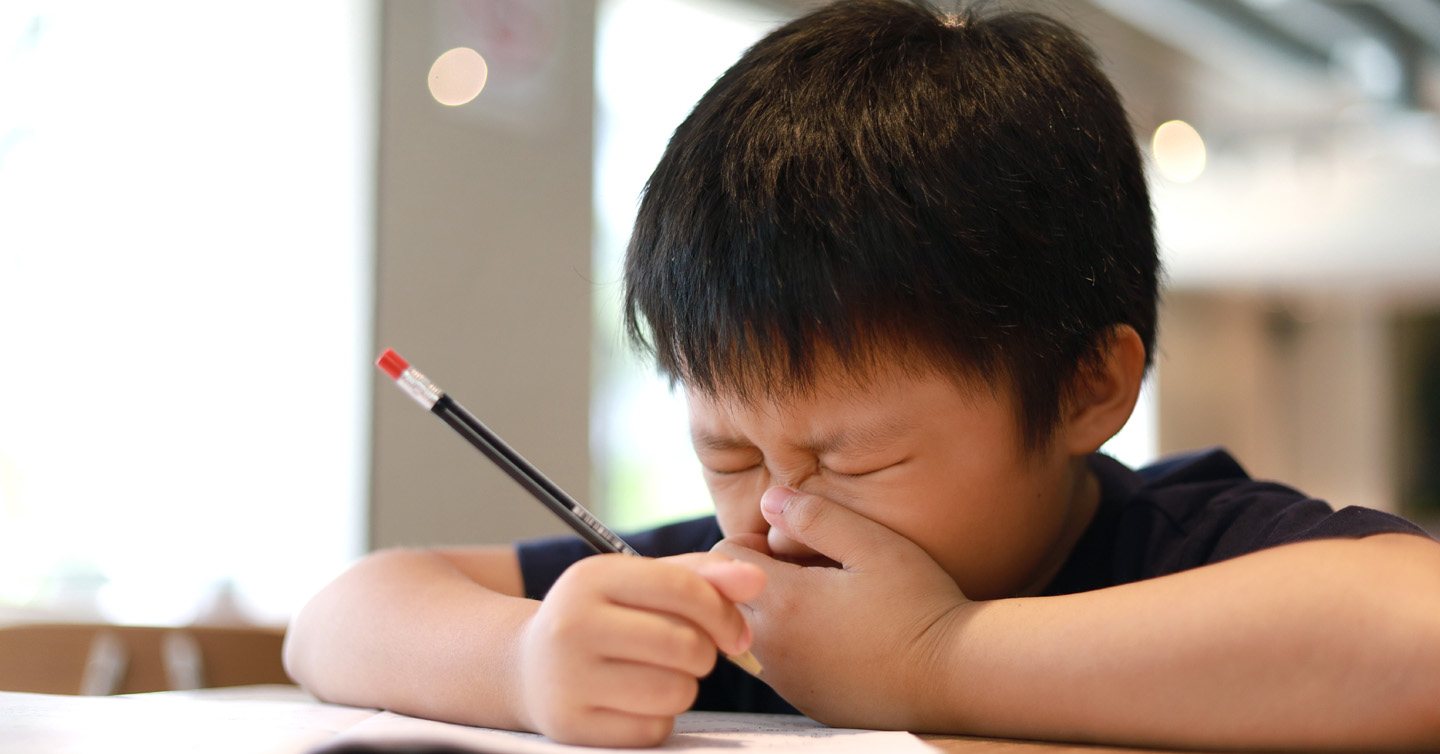Effects of Digital Screen Use for Kids and Strategies for Reducing It

By Heather Conrad, quality care coordinator at Network Health
1/20/2025
Technological advances have become more prevalent over the past few decades with technology usage jumping just before the COVID-19 pandemic. Many health issues can arise from increased screen time in children, adolescents and adults.
Obesity, inadequate sleep schedules, behavior problems, delays in language and social skill development, violence, attention problems, poor self-image/body image issues, fear of missing out and less time learning have been linked to too much screen time as well as regular exposure to poor quality programming. There is also an increase in nearsightedness and digital eye strain.
Why Too Much Screen Time Can Be Bad for Kids
Although there are positive effects with screen time and educational programs, there are also numerous negative effects. Children 12-24 months old who spend two hours per day in front of a screen show up to six times more likelihood of language delay.
For children younger than 18 months old, just having the TV on in the background can have a very negative effect on their language development. Having a background TV has shown that parents tend to talk less and be more passive in their interactions with their children.
As children begin to develop motor skills, they can show signs of “video deficit effect.” It can take two times longer for children to learn or mimic an action if it was presented on video rather than in person.
Children can also have a lack of social skill development. Exposing children 2-5 years old to two to three hours of screen time showed an increase in the likelihood of behavioral problems, poor vocabulary and delayed milestones.
Children 8-12 years old spend about 5.5 hours a day on devices, which means that some children spend half of their waking day in front of a screen. Electronic use for pre-teens and teenagers can have various effects on mental health, academic achievement and social skills. Increased screen time can be associated with higher anxiety, depression, lower quality of life, lower psychological well-being, lower school functioning, lower academic achievement, lower self-esteem, poor language achievement, poor math achievement and an unhealthy diet/weight.
Limiting Your Kids’ Screen Time
If screens are used, there should be screen time limits in place. The American Academy of Pediatrics discourages media use (except for video chats) by children younger than 18-24 months. For children 18-24 months, it is recommended that only high-quality educational media with parental engagement is used. Children 2-5 years old should have a limited screen time to one hour a day with high quality programming. Children 6 years and older should have no more than two hours per day while engaging in conversations with a parent or family member. It is important for all ages to balance screen time with physical activity and healthy habits.
How to Achieve the Right Balance
Reducing screen time should be a goal for children, teens and adults. Creating tech free zones within the home as well as setting screen free periods throughout the day can be a benefit.
There should be enforced screen limits daily and weekly, and it is recommended that there is no exposure to devices/screens one hour prior to bedtime. Devices/screens should not be in children’s bedrooms and should also be charged outside the bedrooms.
Encouraging healthy habits and limiting activities that include screens should be a priority. Things as simple as just getting outside can reduce the use of devices/screens. Maintaining a healthy lifestyle, getting enough sleep, and eating and maintaining physical activity will help counter the impact of screen time.
For children to grow healthy habits, parents need to be modeling those habits as well. Parents should also be reducing screen time and engage in non-screen family activities. Your children are watching for cues on when and how to appropriately use their screens. We as parents need to recognize that our own screen usage can have a negative effect on our children.
When children are using technology, educational content should be played. Programs and shows specifically designed to teach children can help boost school readiness. These programs often talk about numbers, letters, colors, shapes and spatial size. Parental controls should be utilized to block and filter internet content. Previewing programs, games and apps before allowing children to view or play is essential.
Watching and/or playing along with your child is also beneficial. Talk to your children about what they are watching and point out the good behaviors that are seen (cooperation, friendship, concern for others).
There are many benefits of utilizing screens/devices when they are used appropriately. Being active with your child and utilizing proper content can be educational. Be present with your child and talk about the programs that are being viewed. Teaching your child to have a healthy lifestyle is the key when utilizing screens.
References:
https://www.mayoclinic.org/healthy-lifestyle/childrens-health/in-depth/screen-time/art-20047952
https://www.healthychildren.org/English/family-life/Media/Pages/Where-We-Stand-TV-Viewing-Time.aspx



